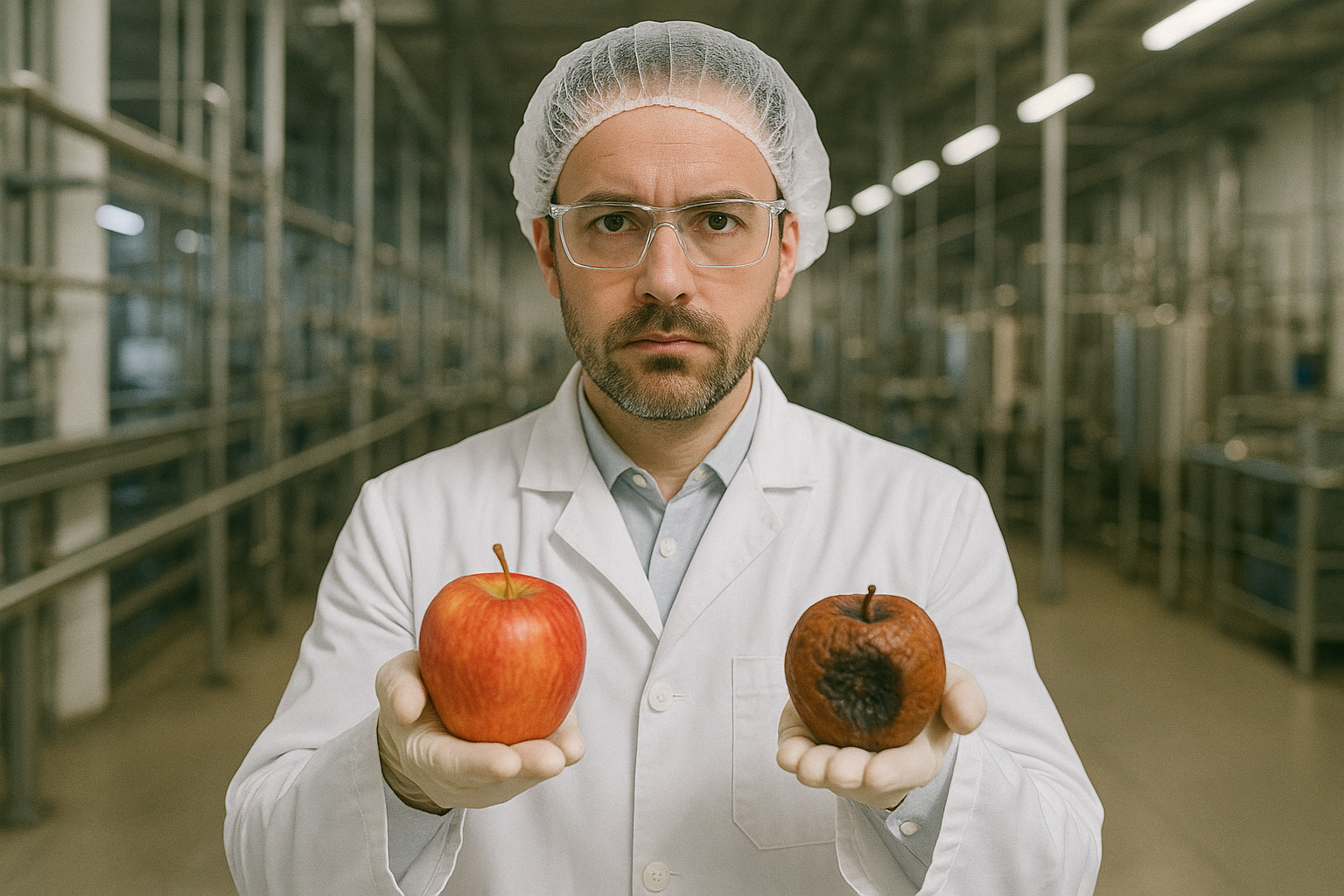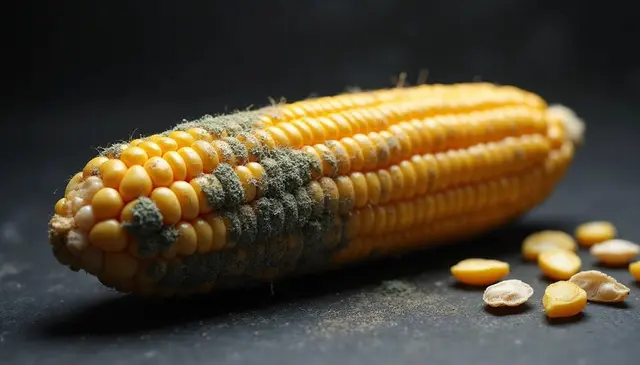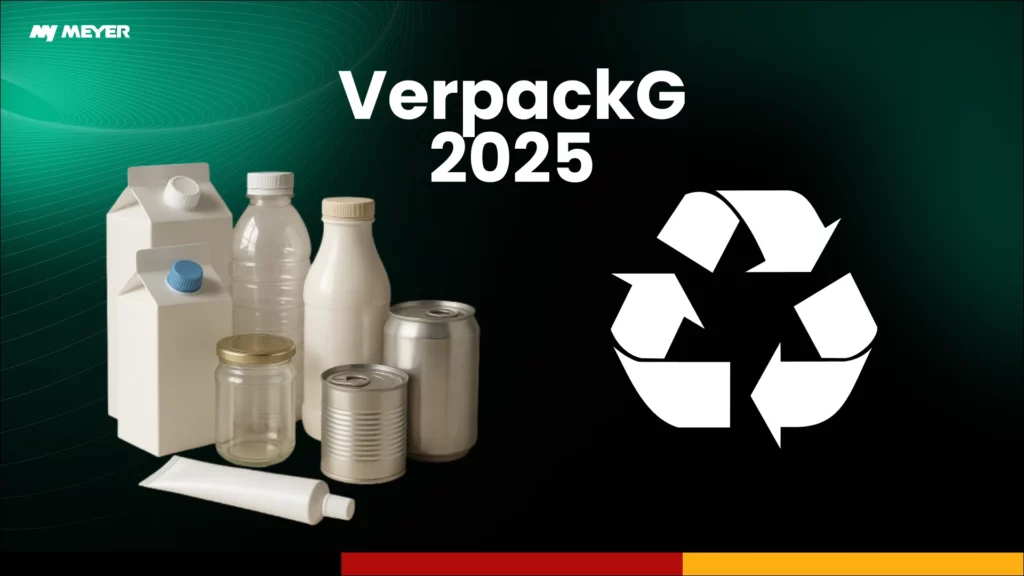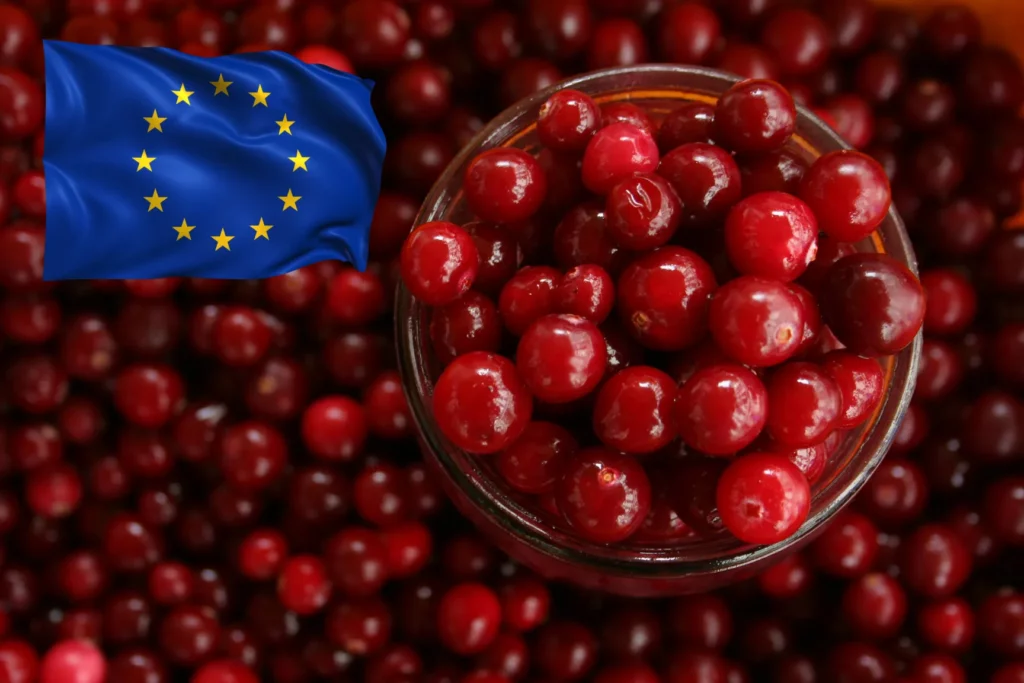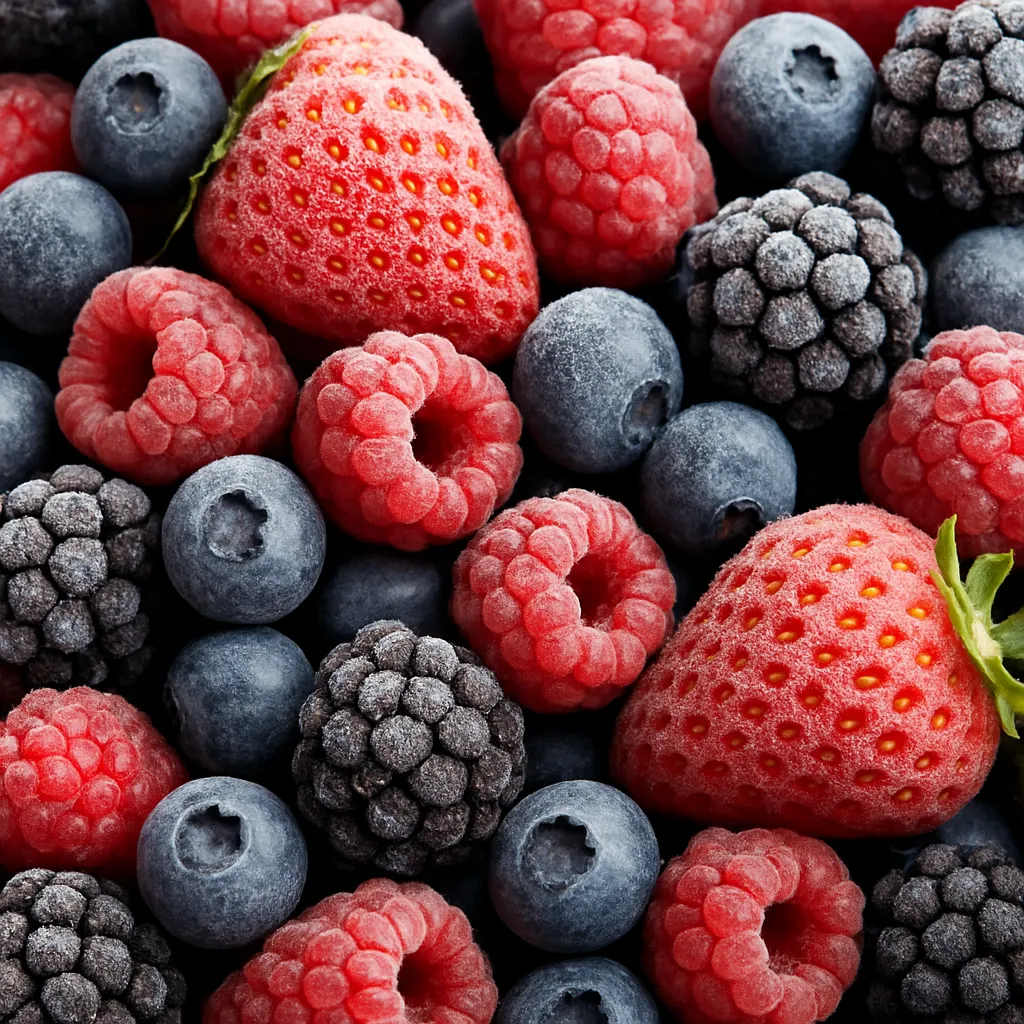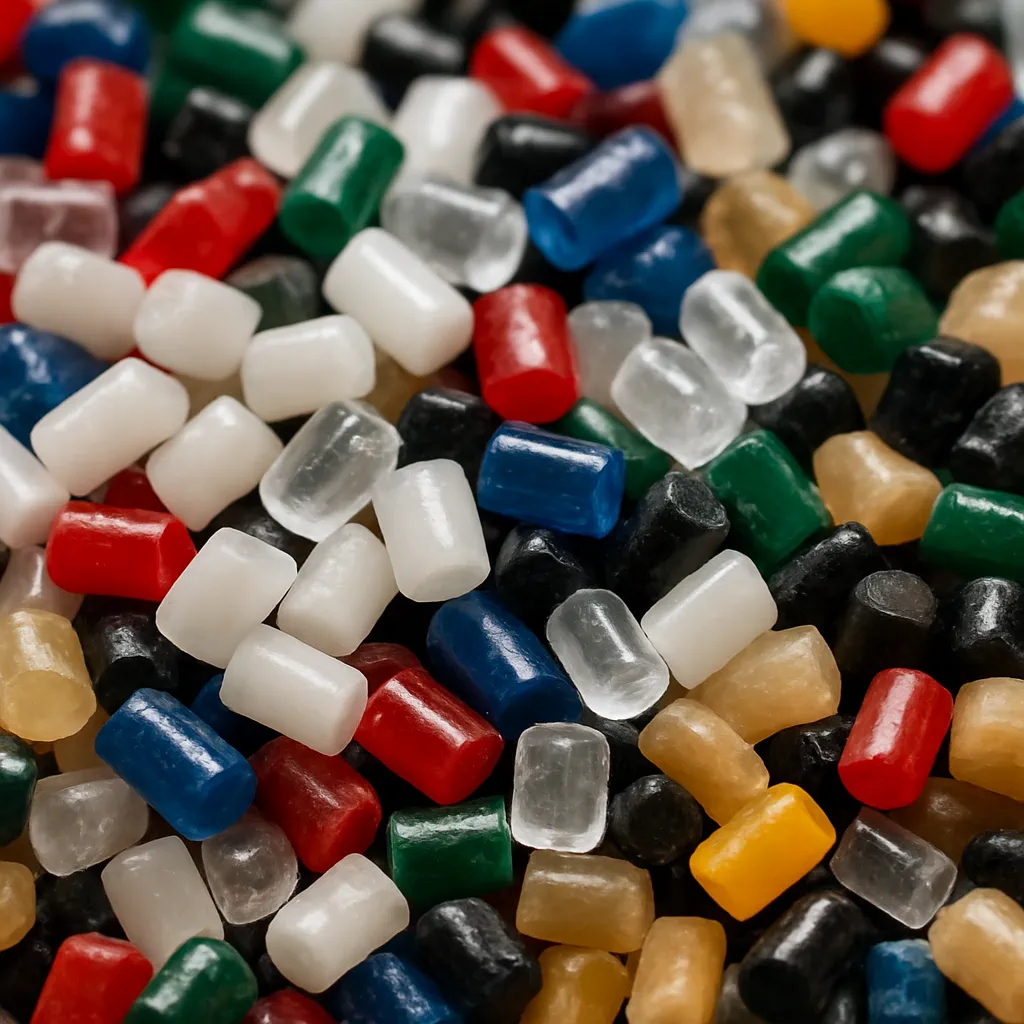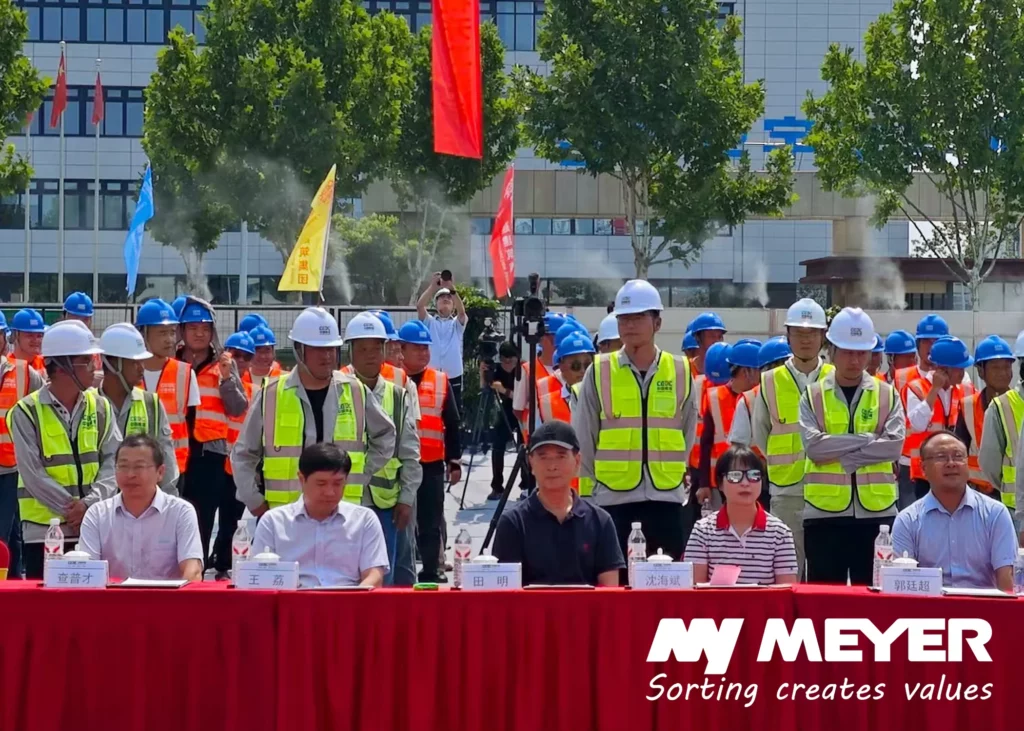Introduction
In this article, we’ll explore:
- The benefits of using quality inspection solutions
- Best practices to optimize food processing
- Useful resources and further reading
Why Quality Inspection Matters
Quality inspection involves verifying that food products meet safety, freshness, and aesthetic standards. This reduces the risk of distributing subpar items that might be prematurely discarded by consumers or retailers. Coupling quality inspection with optical sorting ensures defective items are filtered out early and the rest are handled, packaged, and distributed more efficiently.
Benefits:
- Less waste: By removing inedible or substandard items early, usable products are conserved.
- Higher efficiency: Automated inspection speeds up production and reduces labor costs.
- Consistent quality: Customers and retailers receive uniform, high-grade goods.
- Regulatory compliance: Ensures compliance with standards set by agencies like the U.S. Department of Agriculture (USDA) and European Food Safety Authority (EFSA).
How Optical Sorting Reduces Food Waste
- Precision Removal of Defects: Optical sorters recognize subtle color changes and shapes that indicate spoilage, disease, or infestation.
- Real-Time Analysis: Advanced sensors and software make decisions instantly, preventing entire batches from being unnecessarily discarded.
- Customized Settings: Processors can define specific thresholds for defects, allowing for minor imperfections if the food is still safe and edible.
Example Table: Types of Optical Sorting Technologies
| Type of Sorting Technology | Sensors Used | Ideal For | Key Benefit |
| Camera-based Sorting | High-resolution cameras | Color-based inspection of fruits, vegetables, seeds and grains | Precise color differentiation |
| InGaAs camera-based sorting | Infrared cameras based on InGaAs | Seeds with internal changes of varying hardness (rotten, overripe). | Enhanced product quality and usability. |
| X-ray Sorting | X-ray detectors | Identifying internal defects, dense foreign materials | Internal inspection capabilities |
Best Practices for Implementing Optical Sorting and Quality Inspection
- Evaluate Product Requirements: Different products (e.g., leafy vegetables vs. nuts) may need unique sensor technologies and machine settings.
- Train Staff Properly: Operators should understand how to calibrate, maintain, and troubleshoot equipment.
- Regular Machine Maintenance: Routine cleaning and calibration ensure optimal performance and prevent contamination.
- Data Monitoring: Advanced sorters provide real-time analytics. Use these insights to adjust operational parameters, reduce waste, and improve output quality.
- Align With Sustainability Goals: Integrate optical sorting data into broader waste-reduction and sustainability strategies.
Conclusion
Optical sorting and quality inspection are indispensable tools in the fight against food waste. By precisely identifying and removing defective items, food processors ensure that only edible, high-quality products reach the market. The result is a more efficient supply chain, higher consumer satisfaction, and a notable step toward meeting global sustainability targets.
Implementing these technologies, combined with clear training and ongoing data analytics, can drastically cut down on waste, reduce costs, and bolster a food business’s reputation. For organizations ready to enhance both their bottom line and their environmental impact, optical sorting is an investment worth making.
Quick Recap
- Optical sorting identifies defects based on color, size, shape, and density.
- Quality inspection ensures compliance with safety and freshness standards.
- Leveraging automation reduces costs, minimizes waste, and increases consumer satisfaction.
- Consistent maintenance and proper staff training are critical for maximizing efficiency.
Have questions about how to integrate optical sorting in your facility? Consult industry experts, explore case studies from leading manufacturers, and invest in regular staff training to make the most of this transformative technology.
Studies & Resources
- World Resources Institute (WRI) Reports: Extensive research on global food loss and strategies for reduction.
- Books & Guides:
- Waste: Uncovering the Global Food Scandal by Tristram Stuart
- Preventing Food Waste: An Overview of Strategies published by Springer
